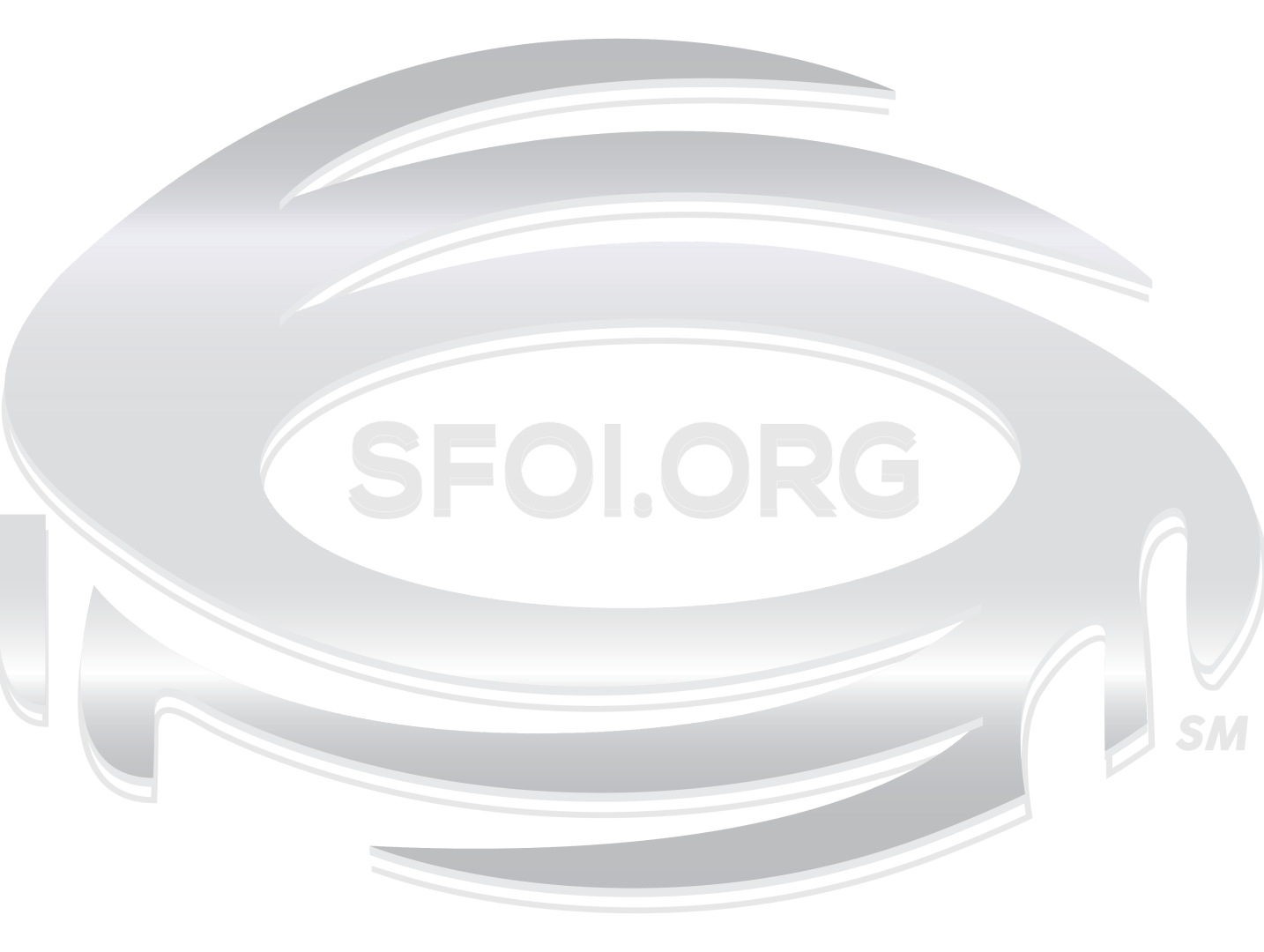Philadelphia, PA
Philadelphia, city and port, coextensive with Philadelphia County, southeastern Pennsylvania, U.S. It is situated at the confluence of the Delaware and Schuylkill rivers. Area 135 square miles (350 square km). Pop. (2000) 1,517,550; Philadelphia Metro Division, 3,849,647; Philadelphia-Camden-Wilmington Metro Area, 5,687,147; (2010) 1,526,006; Philadelphia Metro Division, 4,008,994; Philadelphia-Camden-Wilmington Metro Area, 5,965,343.
Character of the city
Philadelphia has been described both as the elegant but rather jaded great lady and as the overage and sickly spinster of American cities. A more realistic look at Philadelphia, however, shows it to be a very modern and vigorous city, arising in gracious counterpoint to the deep serenity of an older city that has provided gentle but firm intellectual, economic, and humanitarian direction to the nation at whose birth it played midwife.
Philadelphia, the largest city in Pennsylvania, displays many characteristics of a small town. Its many trees, parks and other open spaces, and its quiet pace of life reflect in various ways the genteel Quaker heritage bestowed on the city by its founder, William Penn. Nearly everywhere are dignified reminders of the colonial and Revolutionary city and of Benjamin Franklin, a Philadelphian by adoption, who left his imprint on innumerable ongoing institutions, both cultural and commercial, in the city.
Beneath this facade, however, Philadelphia represents an urban cluster of national and international stature. Its place in history was secured by its role as the location of the signing of the Declaration of Independence, the constitutional convention of 1787, and second U.S. national capital. The Port of Philadelphia and Camden, one of the largest freshwater ports in the world, is the major element in the official agglomeration of Delaware River ports, collectively one of the busiest shipping centers in the world. The enormous industrial production of the city and the surrounding metropolitan area represents a continuation of Philadelphia’s early leadership in the Industrial Revolution and in American commerce and finance generally. Lying in the midst of the vast urban community stretching down the Eastern Seaboard, Philadelphia is an integral part of the vibrant fabric of contemporary social and economic life as well as a tranquil oasis joining together the spirit of America, past and present.
The people of Philadelphia
Though Philadelphia has had most of the characteristics of an ethnic and racial melting pot nearly from its start, it lacks the steaming hurly-burly visible everywhere in its behemoth neighbor, New York City, about 90 miles (150 km) northeast. Philadelphians by and large are not a street people, and their orientation has been so traditionally toward the home that the city became known as a “city of homes.” Philadelphians are also great joiners, giving the city more social and other clubs than any other in America. Many of these are based in ethnic neighborhoods, others are city wide, and still others serve the affluent “Main Liners” who reside in the plush suburbs that grew up in past centuries along the main line of the Pennsylvania Railroad (now Amtrak).
Much of this tradition dates from Philadelphia’s early years, from the beliefs and attitudes not only of the Quakers but also of such German pietist sects as the Mennonites, who stressed personal religious experience rather than institutionalized formulations. A basic sobriety underlying these tenets led to many stringent laws that remain in both the city and state. On the other hand, these groups strove for tolerance in all matters. Pennsylvania was among the few colonies admitting Roman Catholics and Jews, and the Quakers long were leaders in seeking justice and the alleviation of inhumanity in racial and other human relations. Philadelphia still has innumerable small, endowed charities of Quaker origin to provide the poor with fuel or food—as well as one of the oldest and strongest municipal commissions on human relations.
During the 1800s the Protestant sects were joined by Roman Catholics, initially Irish and German and later Italian, Polish, and Slavic. Eastern European Jews also immigrated, eventually comprising a significant portion of the city’s population. Cultural conflicts and competition for housing and jobs created tensions between the old stock groups and the new arrivals. A series of anti-Catholic nativist riots rocked Philadelphia in the Jacksonian period, with an especially violent riot in 1844; Catholics gradually gained acceptance, and two Philadelphia Catholics, the immigrant St. John Neumann and the native born St. Katharine Drexel, were canonized. Although immigrants came to Philadelphia in the hundreds of thousands in the late 19th and early 20th centuries, the city had a relatively low proportion of foreign-born when compared with other major cities at that time. Some Irish, Italian, Polish, and Jewish newcomers did find opportunities for considerable economic advancement in Philadelphia; for many, however, hopes never materialized and progress toward full acceptance was slow.
Philadelphia has been the focal point of one of the historically most important Black communities in the nation. During the early national and antebellum periods, many Black leaders came from or centered their activities in Philadelphia, and the free Black community there was intensely involved in many efforts to abolish slavery, assist fugitive slaves, and advance the general social and economic well-being of Blacks. In 1833, the American Anti-Slavery Society was organized in the city. Between 1829 and 1860, however, the Philadelphia Black community was victimized by several antiblack mob actions. At the beginning of the 20th century Philadelphia was the site of the largest Black community of any northern city. The migration of Southern-born Blacks to the city continued to augment the city’s Black population throughout the first half of the 20th century. Discrimination in housing resulted in the creation of overcrowded Black districts, but activists including the Rev. Leon Sullivan, perhaps best known for the Sullivan Principles and work against apartheid in South Africa, struggled to overcome these problems. By the late 20th century about 40 percent of all Philadelphians and well over 50 percent of the public-school population were Black. The suburbs, by contrast, were about 95 percent white.
History of Philadelphia
Foundation and early settlement
William Penn acquired the province of Pennsylvania in 1681 from King Charles II of England as a place where his fellow Quakers could enjoy freedom of worship and a chance to govern themselves and develop their own way of life. The king made the grant, signed on March 4, 1681, and proclaimed it a few weeks later, on April 2, partly to settle a debt owed to Penn’s father, Adm. Sir William Penn, upon his death and also to complete the settlement of the Middle Atlantic region with Englishmen. Penn sent his cousin William Markham to take charge of affairs of government and also to lay out the city Penn named Philadelphia, city of “brotherly love,” the name symbolizing his idealistic concepts. From England, Penn wrote in 1681 asking that “the Rivers and Creeks be sounded on my side of the Delaware River…in order to settle a great Towne and be sure to make your choice where it is most navigable, high, dry, and healthy.” He wanted every house to be placed in the middle of its own plot to provide ground about it “that it may be a greene Country Towne, which will never be burnt, and always be wholesome.”
Penn arrived in 1682 but had little chance to enjoy his city. He was forced to travel to England in 1684 and was unable to return until 1699. By then, Philadelphia was a flourishing town with many shops and trading houses, as well as several hundred dwellings and about 10,000 people clustered close to the riverfront. Penn’s governor declared the city already was the equal of New York “in trade and riches.” Penn’s policies throughout the colony of religious toleration and the right of the people to take part in the government, in addition to growing prosperity, soon began to attract thousands of English, German, and Scotch-Irish settlers, and most came by way of Philadelphia.
Philadelphia by the 1770s had grown to at least 30,000 persons in the central city, and it was the third most important business center in the British Empire, overshadowed only by Liverpool and London. This position was due in large measure to the city’s site at the confluence of the Delaware and Schuylkill rivers, which provided the city access to inland farm regions and to the coal and ore resources that supplied the early iron industry.
A visitor in 1756 wrote that “Everybody in Philadelphia deals more or less in trade,” a tribute not merely to Philadelphia’s location but also to the shrewd business talents of the Quaker merchants. A large and profitable system of triangular trade involved foodstuffs and wood products, such as lumber and barrel staves, that went from Philadelphia to the West Indies and there were exchanged for sugar, rum, and other West Indian products. These were carried to English ports, where they in turn were exchanged for English manufactures to be brought back to Philadelphia.
The prosperous farm country of interior Pennsylvania supplied the Philadelphia merchant with goods for the West Indies, and a profitable coastal trade existed with other colonies and directly with England. By the 1750s Philadelphians had invested heavily in the flourishing charcoal-iron industry. Anthracite coal became an important mineral resource of Pennsylvania 100 years later, and the Philadelphia capital played a leading part in this industry as well as in the mining of bituminous coal farther to the west. Philadelphia continued its leadership in foreign commerce until about 1810, when New York City, with an even more advantageous location, took over this position. Philadelphia surrendered its position as financial capital of the nation in the 1850s.
Shipyards had flourished along the Delaware since colonial days. Most of what came to the city was raw material for manufacture, and Philadelphia became a major centre of the early Industrial Revolution in the United States. In 1785 Oliver Evans invented the first gristmill operated entirely by mechanical power. The city was a pioneer in textile manufacturing and took the raw iron from inland furnaces and made it into tools and implements, such as saws, huge iron castings for cotton-mill machinery, and the first American-built steam locomotives. By 1860 the value of Philadelphia’s manufactures ran into several hundred million dollars, about 30 percent of the national total. Textiles, ships, iron products, leather, refined sugar, and boots and shoes were leaders, giving important aid to the Union in the Civil War.
Source:







